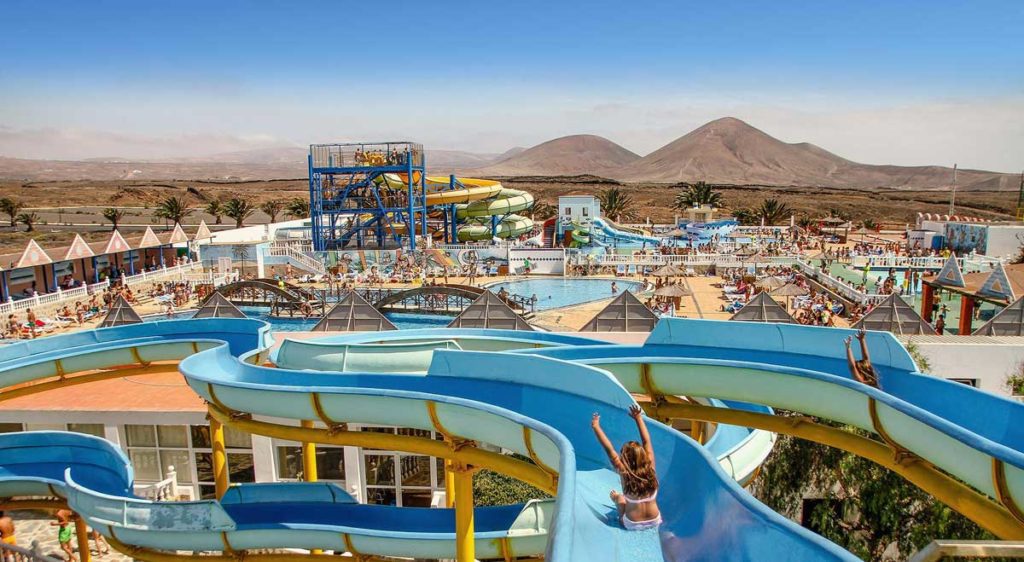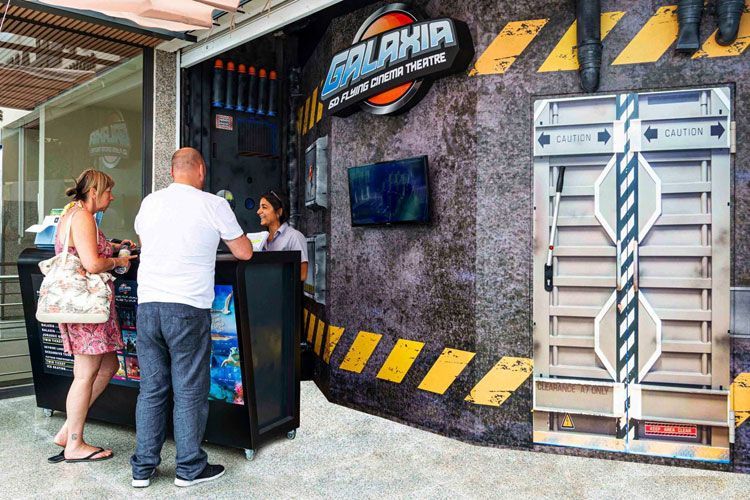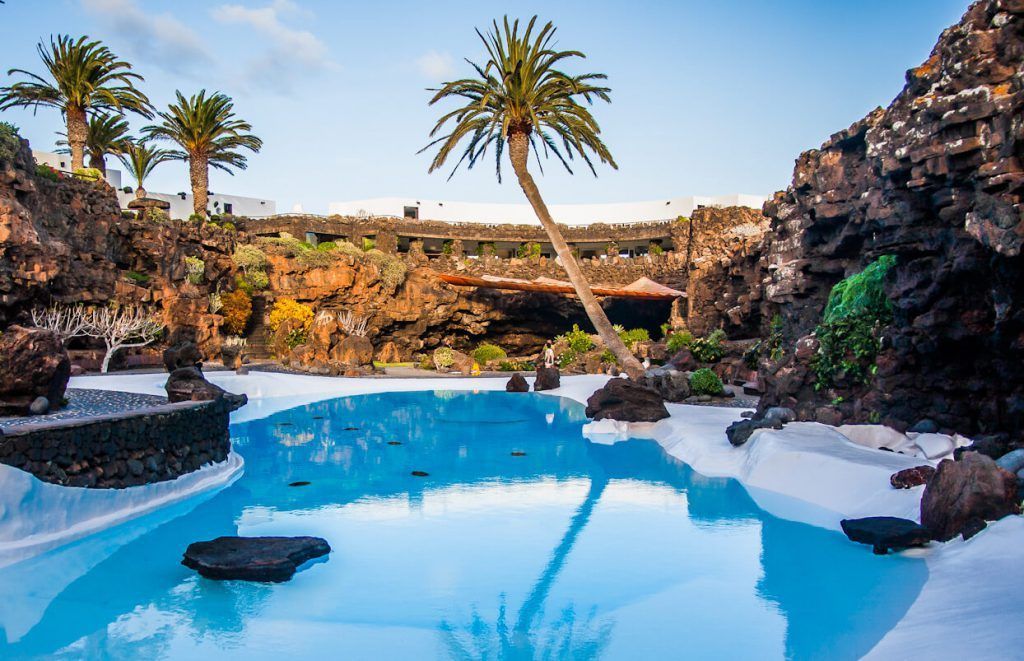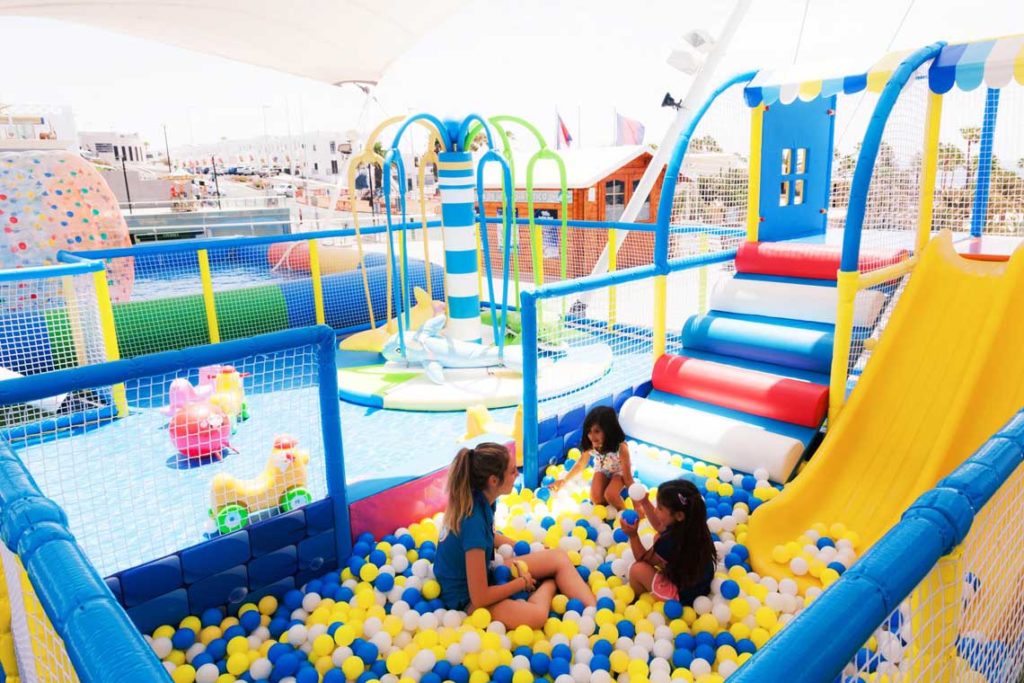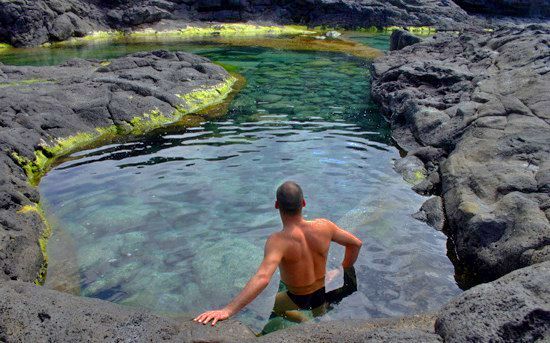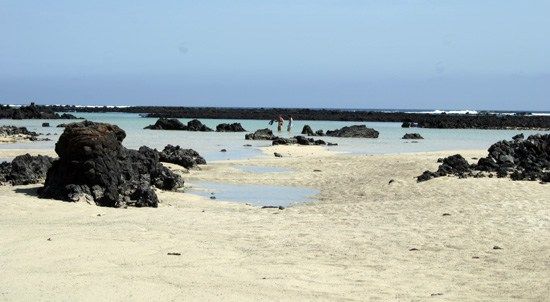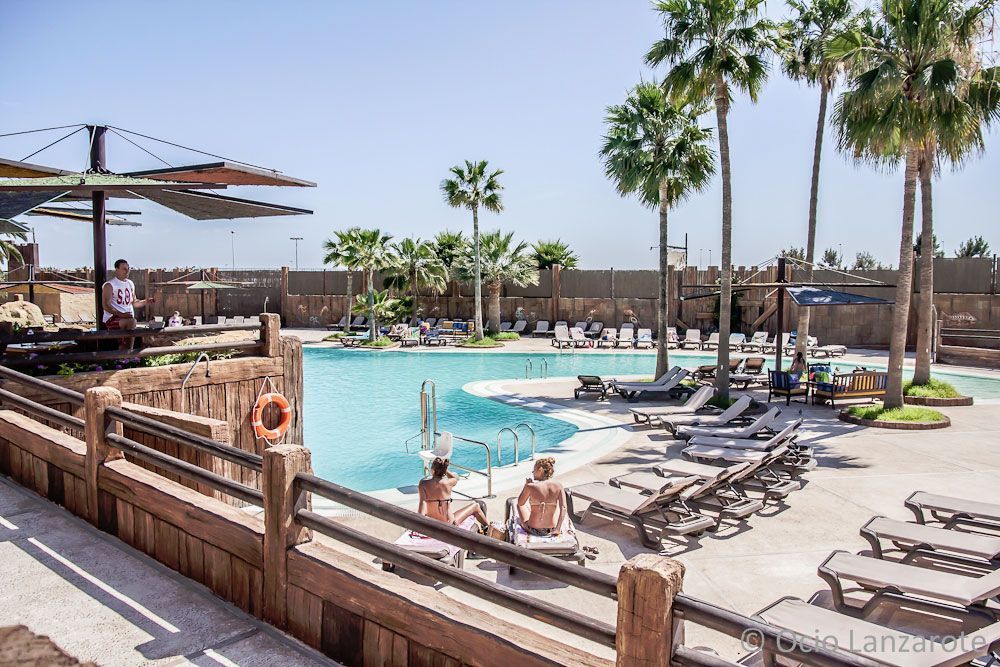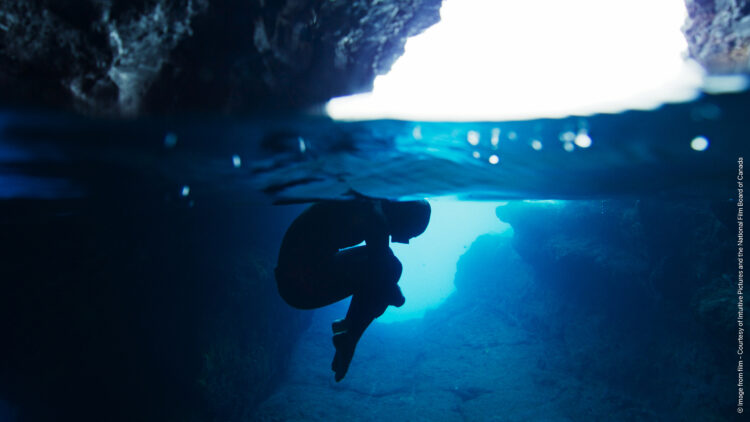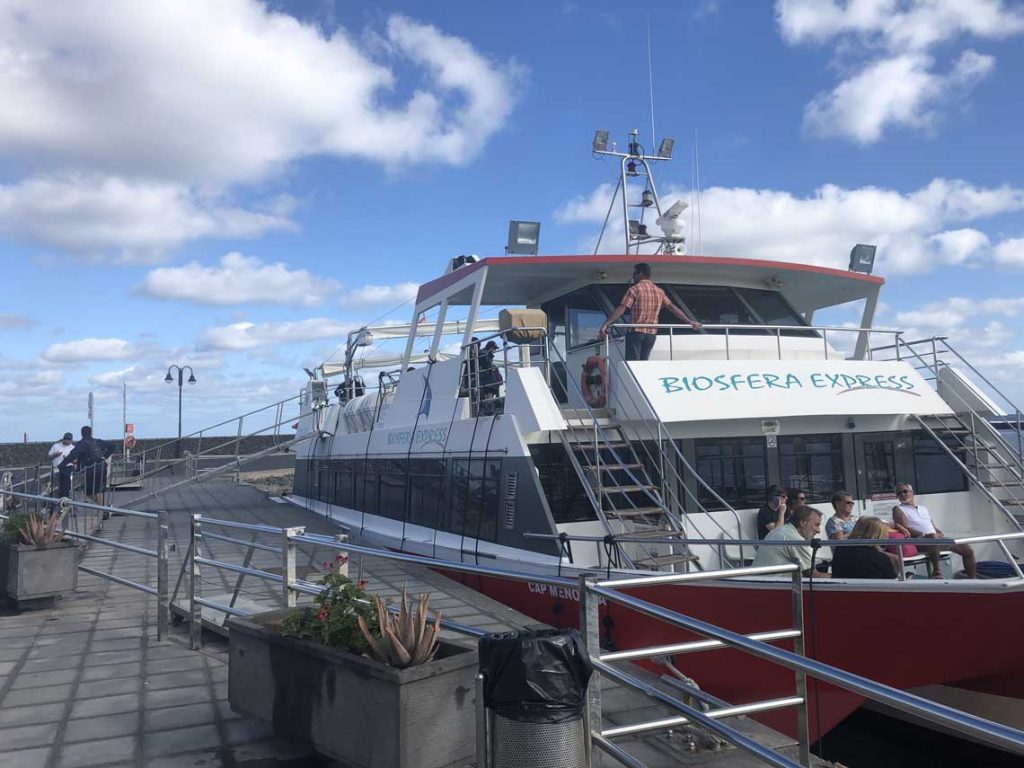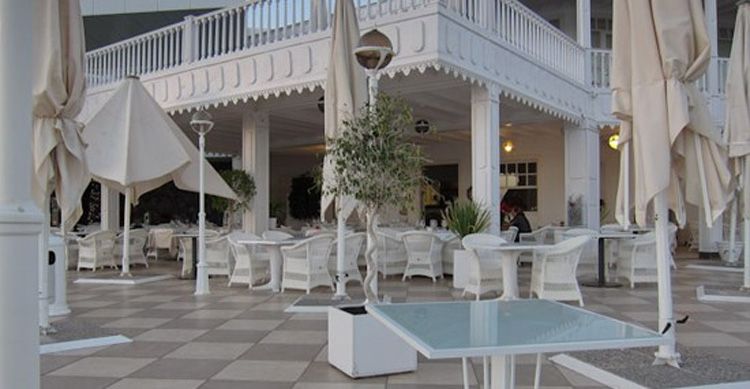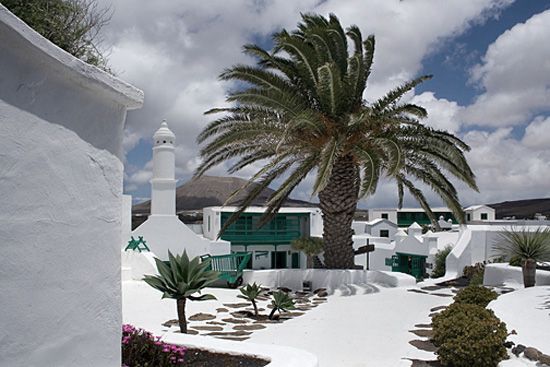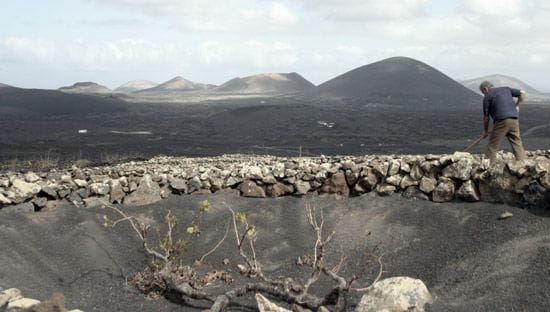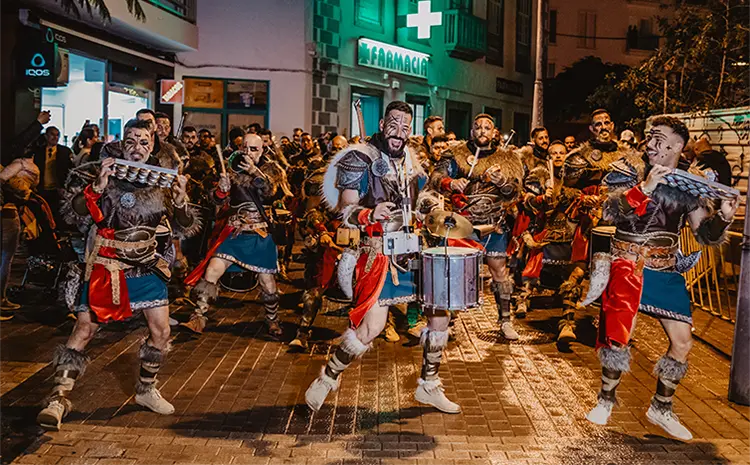Haría-El bosquecillo
Texto: Ocio Lanzarote. Fotografía: Dani Stein.
CÓMO ABORDARLO: Dejar un vehículo en El Bosquecillo y otro en el casco urbano de Haría. DISTANCIA: 7 kilómetros. DIFICULTAD: Media-baja. DURACIÓN: Hora y media. A TENER EN CUENTA: Llevar ropa y calzado adecuado. Agua. Alguna chocolatina y bollería. Gorra y crema solar. No nos olvidemos del móvil. PARA DESPUÉS DEL PATEO: Asadero en El Bosquecillo, almorzar en Haría o Arrieta. Darse un chapuzón en Arrieta. Ideal para niños el Parque Tropical Guinate. Tomar un café en Mirador del Río
En pleno corazón del valle de las mil palmeras de Haría parte esta ruta de senderismo en el norte de Lanzarote. El punto de inicio lo podremos encontrar situándonos a la altura del instituto y campo de fútbol norteño, donde a unos escasos 200 metros aproximadamente, a la derecha, dejando atrás el casco histórico de Haría (hacia el noroeste), hallaremos un camino de tierra. Esta vereda, ligeramente en pendiente ascendente, nos conducirá zigzagueando a las faldas de El Bosquecillo, uno de los pocos espacios pensados para el ocio familiar al aire libre en Lanzarote. La salida del pueblo de Haría se caracteriza por la presencia de los vestigios del pasado agrícola tradicional.
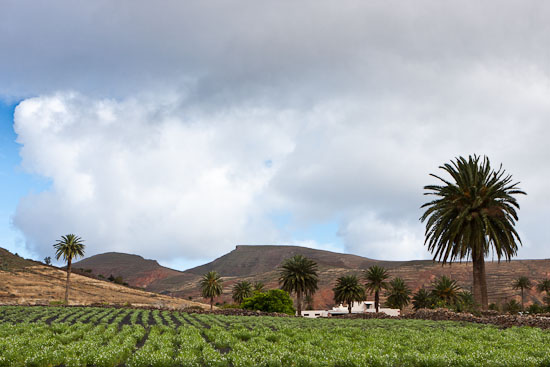
Kilómetros y kilómetros de rincones de cultivo, pacientemente asocados con piedra natural, que se entremezclan con la aridez del paisaje montañoso y la esbelta figura de la palmera hariana. A la media hora de caminata está la primera parada obligatoria. Más que de descanso, que también, de deleite visual. Identificaremos este punto con suma sencillez ya que se encuentra en el límite con la costa noroeste de Lanzarote, en una amplia sentada de piedra natural.
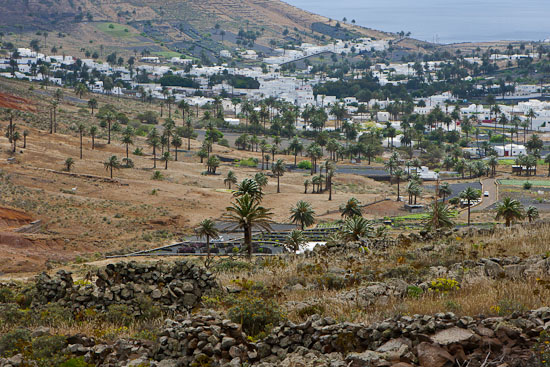
El contrapunto paisajístico, con el mar como principal protagonista, resulta espectacular. La visión de Famara, a unos 500 metros de altura, expone al asistente una gigantesca postal. El risco de esta localidad se muestra imponente y amenazador a la vez, donde sólo unas atrevidas aves se atreven a sobrevolarlo. Un silencio sepulcral acompaña la contemplación de la playa de Famara, tan pequeña desde las alturas, con sus, parecen, diminutas olas rompiendo imperceptiblemente en la costa. Vuelves la cabeza al camino recorrido y encuentras palmeras, higueras, parras y la juguetona composición del pueblo de Haría; retornas la vista hacia la mar y te inunda el azul marítimo y la majestuosidad del risco de Famara.
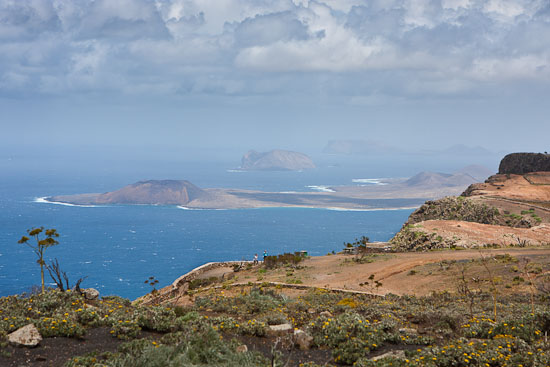
Cargadas las pilas, se continúa por el sendero de tierra en dirección al valle de Malpaso, que une el risco de Las Nieves, el punto más alto de Lanzarote, con Haría. El camino nos lleva a las faldas de Malpaso, donde la mano del hombre permanece intacta, en su afán de garantizarse el alimento a base de millo, papas, tomates, batatas, higos y uvas. Cuanto más lejos Haría, más sorpresas te llevas al comprobar la extrema dureza que suponía la dedicación al campo.
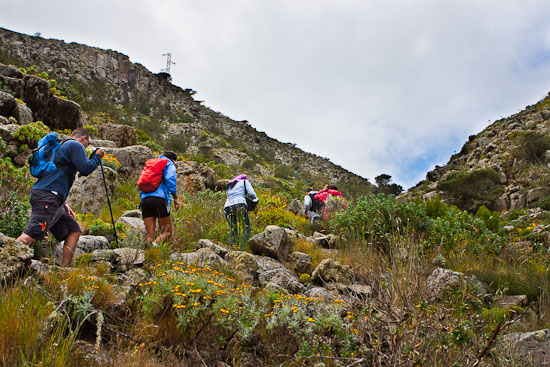
A la hora de camino encontramos el segundo punto de descanso. El senderista lo identificará a buen seguro. En el inicio del Valle de Malpaso, una veintena de pinos cuyas copas ofrecen una sombra inmensa que se agradece. Buen momento por lo tanto para recuperar el aliento y tomar agua con la vista puesta en la última media hora de pateo, al tiempo que se vislumbra todo el valle, con Haría como fondo de una espectacular fotografía.

Este último tercio de sendero resulta el más complicado debido a las dificultades orográficas. Se estrecha a su mínima expresión el camino, rodeado de piedra y pequeños arbustos, y se incrementa también el desnivel ascendente de la caminata. El esfuerzo será mayor, pero salvable, si estamos en una mínima forma física. Presten atención a posibles invitados en su camino, porque es bastante posible que atisben a algún conejillo, inquieto por su naturaleza y por la tradicional y enemiga presencia de los cazadores locales.
Superado este desnivel, hallaremos el camino en dirección a El Bosquecillo a unos pocos cientos de metros. Las barbacoas están debidamente equipadas con destino para los tradicionales pinchos de carne, chuletas o solomillos. Hay un amplio espacio de juegos infantiles del que, sin embargo, se echa de menos una mejor apuesta por sus equipamientos.
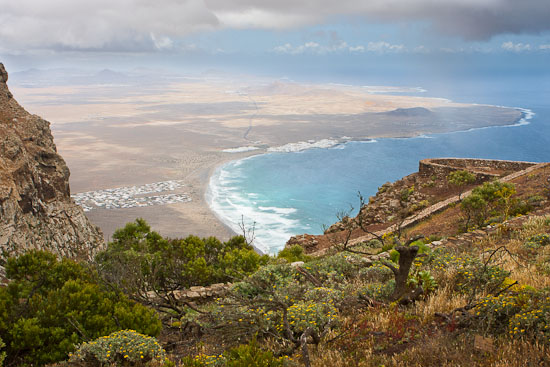
En el mirador de El Bosquecillo podremos conjugar nuevamente los diferentes paisajes con la opción de contemplar Famara e incluso un pequeño pero significativo punto de la isla de La Graciosa (isla del Archipiélago Chinijo, al norte de Lanzarote), Montaña Amarilla. No se confunda el lector con la terminología y piense encontrar miles de hectáreas de pinos, laureles de la India o palmeras canarias. Desgraciadamente, El Bosquecillo lo componen algunos arbolillos, un centenar aproximadamente, muchos quemados, otros mal cuidados, y sin embargo resultan apañadillos. La socarronería conejera ha rebautizado al espacio como El Peladillo, echando en falta una decidida plantación de variada arboleda. Por lo demás es éste un buen lugar para la práctica deportiva, los juegos de mesa, la contemplación, la lectura y, los más animados, una buena parranda timple y guitarra mediantes.
Nota: Ocio Lanzarote agradece el trabajo fotográfico de Dani Stein que ilustra esta entrada informativa. Sus fotos.

